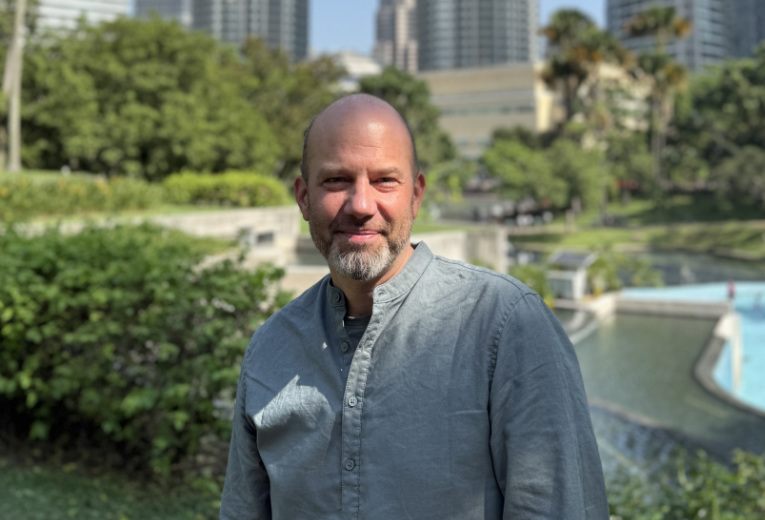“Knowledge is knowing that a tomato is a fruit …”
But have you ever really tasted what that means?
Depending on where you are in the world, the same tomato tastes vastly different.
In Singaporean hawker food, it’s sweet sauce over noodles.
In a Thai salad, it’s sweetness with fiery chili.
In India, it’s a basis for curries and chutney.
In Japan, it’s a premium delicacy.
In an Italian kitchen, it’s comfort.
Same fruit, different meaning.
Defined by culture, context and taste.
It can taste sweet, sour or umami. Sometimes all at once.
A tomato isn’t just food
It’s a paradox:
It looks like a vegetable, but botanically it’s a fruit.
It’s soft and fragile on the outside, but it transforms under heat or pressure.
It’s simple and everyday, yet it represents centuries of migration, trade and cultural fusion.
Is it a snack, a sacred ingredient or a family recipe?
Or ‘just’ a lunchtime staple?
That’s where knowledge becomes living wisdom.
From data to wisdom
In the classic ‘DIKW’ pyramid it looks like this:
- Data: It’s round, red and smooth.
- Information: It’s a tomato.
- Knowledge: Tomatoes are a type of fruit.
- Wisdom: Don’t put them in a fruit salad.
The DIKW pyramid begins with data, which are raw facts.
Next comes information, then knowledge and finally wisdom.
This is where we transform understanding into thoughtful action.
What truly matters
However, life is rarely that simple.
The key to wisdom lies not in knowing more, but in seeing meaning and choosing what truly matters.
What untold stories lie behind the food you eat?
What meanings could you discover, beyond the obvious?
And most importantly:
How does your tomato really taste?








